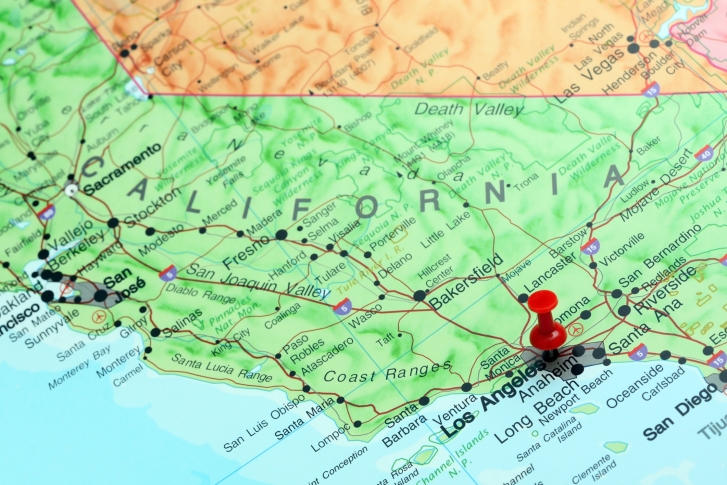Advertisement
FinCEN report finds suspicious activity related to mortgage fraud rises four percent in 2009

The Financial Crimes Enforcement Network (FinCEN), has released its 2009 Mortgage Loan Fraud (MLF) study which found the number of mortgage fraud suspicious activity reports (SARs) filed in 2009 grew four percent compared to the number of mortgage fraud SARs filed in 2008. FinCEN also reported that just looking at the fourth quarter of 2009, mortgage fraud SAR filings increased six percent over the same period in 2008.
Consistent with recent years, nine percent of all SARs filed in 2009 indicated MLF as an activity characterization. However, looking at just the fourth quarter, this proportion rose to 11 percent.
In addition to the increase in SAR MLF filings, the analysis shows an increase in the prevalence of post-origination loan reviews by a variety of mortgage market businesses other than mortgage lenders. Mortgage loan purchasers and providers of mortgage insurance, certificate insurance, or similar credit enhancement have taken an increasing role in detecting potential fraud or misrepresentations.
“FinCEN is an active participant in the fight against mortgage fraud working closely with local, state and federal law enforcement, assessing potential vulnerabilities and sharing information that can lead to successful prosecutions,” said FinCEN Director James H. Freis Jr. “These numbers tell us that we must remain vigilant and continue taking action to focus resources and hold accountable perpetrators of mortgage fraud.”
The report also lists where MLF SARs are most common by state by county and by metropolitan area. The following table shows the Metropolitan Statistical Areas (MSAs) with the most SAR MLF filings and the number of mortgage loan fraud SARs that were filed in 2009.
Mortgage Loan Fraud SAR Subjects
Top Metropolitan Statistical Area (MSA)
2009 Subjects
2009 Q4 Subjects
1. Los Angeles-Long Beach-Santa Ana, Calif.
10,656
3,103
2. Miami-Fort Lauderdale-Pompano Beach, Fla.
10,089
3,003
3. New York-Northern New Jersey-Long Island, NY-NJ-PA
7,214
2,165
4. Chicago-Naperville-Joliet, IL-IN-WI
5,552
1,591
5. Riverside-San Bernardino-Ontario, Calif.
3,643
1,024
6. Washington-Arlington-Alexandria, DC-VA-MD-WV
3,538
877
7. Phoenix-Mesa-Scottsdale, Ariz.
3,500
1,051
8. Atlanta-Sandy Springs-Marietta, Ga.
3,476
875
9. San Francisco-Oakland-Fremont, Calif.
3,068
831
10. Detroit-Warren-Livonia, Mich.
2,712
663
The volume of SAR filings in any given period does not directly correlate to the number or timing of suspected fraudulent incidents in that period. The numbers reported show when the suspicious activity was reported even if the activity occurred prior to 2009. FinCEN’s data indicates that almost 75 percent of mortgage loan fraud SARs report suspicious activity that occurred more than one year prior to filing the SAR. Foreclosures, repurchases, insurance investigations, and enforcement actions appear in SAR narratives as contributing factors to the ultimate discovery and reporting of suspicious activities.
The report supports the efforts of the Financial Fraud Enforcement Task Force (FFETF), established by President Obama in November 2009 to wage an aggressive, coordinated, and proactive effort to investigate and prosecute financial crimes. Additionally, FinCEN efforts are being further developed as part of the FFETF anti-mortgage fraud initiative to provide information sharing based on SAR data, in particular to target organized criminal activity as well as to support law enforcement investigations and prosecutions.
The ongoing nature of FinCEN’s activities in combating mortgage fraud is in part reflected in its report "Loan Modification and Foreclosure Rescue Scams—Evolving Trends and Patterns in Bank Secrecy Act Reporting," released in June and which examines early results from FinCEN’s April 2009 advisory to highlight loan modification/foreclosure rescue scams.
For more information, visit www.fincen.gov.
About the author





